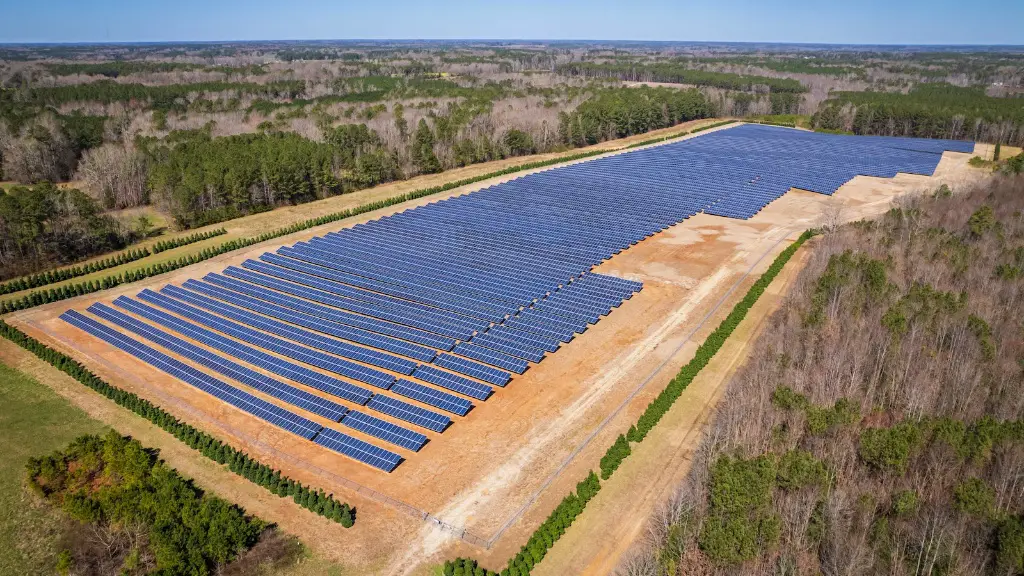Effects of global climate change are becoming increasingly prominent worldwide, as are the various sources of carbon contributions to the atmosphere. One such source that is of particular concern is atmospheric gases and their role in contributing to climate change. While carbon dioxide (CO2) is the leading agent responsible for global warming, other gases such as methane (CH4), nitrous oxide (N2O), and hydrofluorocarbons (HFCs) are all atmospheric gases that may cause a significant increase in global temperatures. Understanding the nuanced differences between these gases and their respective impacts, can help inform efforts to mitigate and manage this challenge.
Carbon dioxide is the leading contributor to the global climate change, accounting for about two-thirds of the total warming impact. CO2 is released into the atmosphere when burning fossil fuels for energy and industrial activities. CO2 is a key contributor to the global atmospheric build-up as it lingers and accumulates in the atmosphere for hundreds of years. This type of buildup makes it much harder to reduce its impact on the climate, with small reductions in emissions that might only offer minor improvements to the problem. For instance, in 2020, emissions of carbon dioxide reached an unprecedented high, according to the European Commission.
Methane is another major greenhouse gas, however its effects on global warming are much more potent than CO2, more than 20 times more powerful according to the European Commission. Methane is released primarily from agricultural activities such as livestock and rice farming, as well as landfills, and the production and transport of coal, oil and natural gas. One of the main drivers of climate change is the agricultural sector, which is responsible for about a quarter of global methane emissions.
Nitrous oxide is another important atmospheric gas, although arguably less prominent than CO2 and CH4. A growing concern is that atmospheric nitrous oxide is driven primarily by agricultural activities such as synthetic fertilizer usage, as well as human-made energy production and increased concentrations of soil nitrogen. Nitrous oxide is also an important factor as it has a long atmospheric lifetime, meaning it takes longer to reduce its contribution to climate change.
In addition to the three main atmospheric gases, hydrofluorocarbons, or HFCs, are also considered a significant contributor to global warming. HFCs are widely used as refrigerants and aerosol propellants and have a very high greenhouse gas potential. In 2016, HFCs accounted for only 1.5 percent of total global emissions. However, the rate of atmospheric buildup with HFCs is increasing, and the US Environmental Protection Agency estimates that HFCs could increase to 11 percent of global emissions by 2050.
The impacts of these four atmospheric gases on climate change vary in their potency and effect on the global atmosphere. While carbon dioxide is the leading gas contributing to global warming, other gases like methane, nitrous oxide, and hydrofluorocarbons can also be problematic. It is therefore essential to fully understand the nuances between these gases and their respective impacts in order to inform and manage this global challenge.

